Brake bleeding is one of the problems that many drivers are concerned about today. Because it affects the safety of people and vehicles during travel. Many people have asked the question: “Do you have to bleed all 4 brakes when changing a caliper?”
The answer is yes. However, depending on the design: independent brake or Caliper brake, brake bleeding will occur differently. The following article will give you an overview of the brake bleeding and the order to do it.
What Is Brake Bleeding?
Brake bleed is the process of performing operations on the hydraulic brake system. Accordingly, the brake pipe (tube and tube containing brake fluid) removes all the air bubbles inside. This work is significant and necessary because air bubbles in the brake system will significantly reduce hydraulic pressure.
There are two main methods used to wash or degrease brakes today: old fluid replacement and necessary maintenance.
Depending on the design, we can divide the brake into 2 types: independent brake and Caliper brake nipple bleed.
Independent Brake
Currently, most modern cars use independent brakes. If you own an ABS kit, you may know 4 distribution lines: FR (front right), RR (rear right), RL (rear left), and FL (front left). Each brake will have its dedicated brake line. Therefore, you only need to use a bleeding brake caliper. Note: Brake fluid must not be drained below the lowest level of the reservoir).
Caliper brake nipple bleeding
Bleeding nipples look like they are rusting. However, it is not always possible for us to bleed every wheel. You will have no choice but to bleed all of them. To find out if it is possible to bleed a caliper, you need to determine if the brake line is independent.
Many people wonder, “Do you have to bleed all 4 brakes when changing a caliper?” If you are not someone who understands the brake system, this can be a tricky question. Do not worry! You can refer to the answer below.
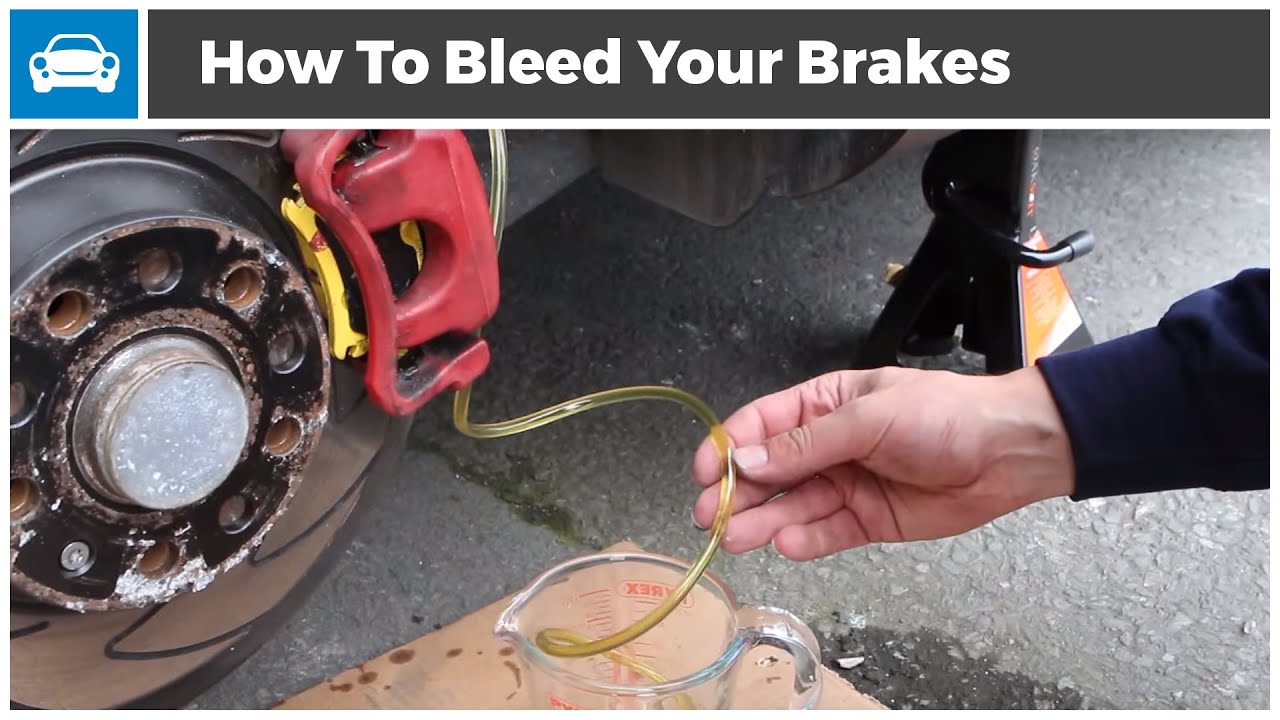
Do You Have To Bleed All 4 Brakes When Changing A Caliper?
The answer is YES. Usually, when you change the caliper, all 4 brakes will bleed. However, if the brake line you open is an independent transmission, you won’t have to bleed all 4 brakes.
Therefore, it is essential to check whether the brake system is separate or not. As it will tell you, you will need to bleed all 4 brakes or just 1 brake.
When you want to bleed the brake system, you must follow specific procedures to ensure that your vehicle is always stable. Here is the brake flow sequence that you should know.
Brake Bleed Sequence
The brake bleeding process is quite simple, and it will not take much effort to do them. If you bleed all the brakes, start with the brake line furthest from the oil tank. Most of the oil reservoirs are located on the right rear wheel in most cars.
In some cases, if your car has brake lines for both rear wheels, you will need to bleed the front wheels first. Then you will move to the passenger seat position and finally to the steering wheel.
Regarding brake bleeding, many drivers also ask some questions on this topic. You can refer to some of the answers below to better understand brake bleeding and caliper changes.
Some Frequently Asked Questions
Can your brake system bleed at the same time?
The answer is yes. The table can completely bleed all 4 brakes at the same time. What you need to do is use the gravity method. At that time, all liquid will automatically flow through the brake system. Note that you need to pay close attention to the fuel tank to prevent drying out during the bleeding process.
Should you ride with your brakes bleeding?
The answer is no. When you bleed the brake at the calipers to remove air bubbles from the system, you should leave the car in the off state. The brake booster will disconnect the engine’s vacuum (a large-diaphragm significantly affects the braking force).
How do you bleed all 4 brakes?
When you want to bleed all 4 brakes, you need to follow these 3 steps in sequence:
- Step 1: Open the bleeding valve; you should be careful because if you fail, your valve knob may be damaged
- Step 2: Push the brake fluid out by gravity, vacuum, and pressure. Then you will refill the system.
- Step 3: Close the bleed valve.
You should be careful step by step because your brake system may malfunction during the bleeding process if you are not careful.
What Is The Correct Order To Bleed Brakes?
During bleeding, you should not step down on the brake more than halfway. In addition, you do not reverse the order of brake bleeding. Because it will not be effective and affect your braking system.
In addition to brake bleeding, many drivers also have another problem related to the vehicle check light. Specifically, their check lights flickered abnormally, and the vehicle vibrated. For more detailed information, you can refer to the article “Why is my check engine light flashing and car shaking“.
Conclusion
Thereby, you can confirm that when changing the caliper, the 4-brake system may bleed. However, if the brake line you open is an independent transmission, you will not have to bleed all 4 brakes. So, the first thing you need to do is check your brakes to determine precisely if your brakes are independent or not.

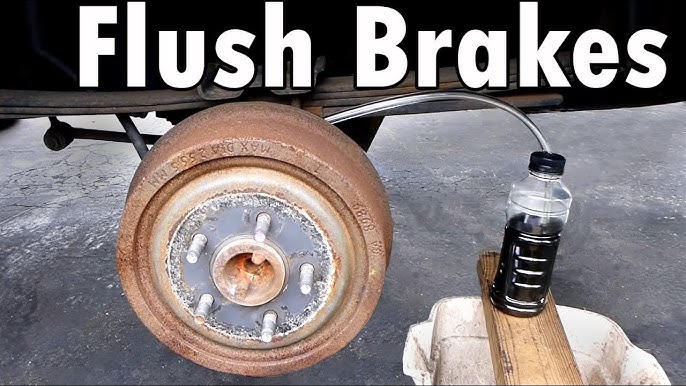
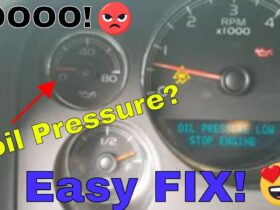
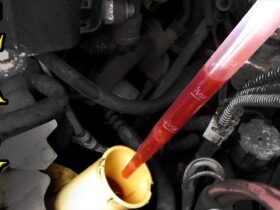

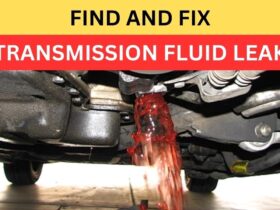
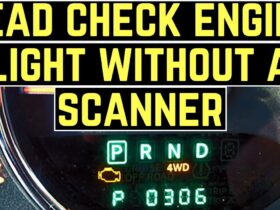
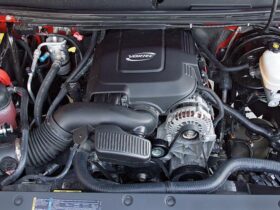

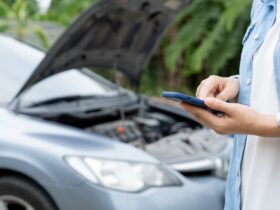

Leave a Reply